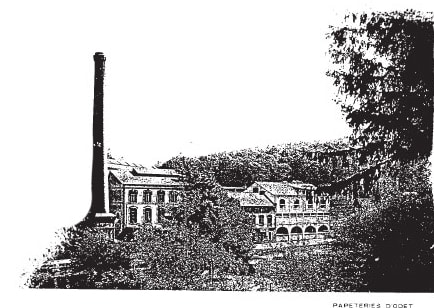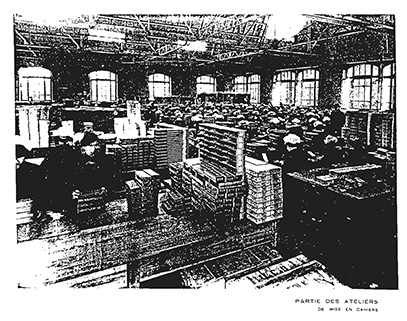EXPERTISE
What makes OCB papers stand out? Quality and innovation are at center of it.
WE ARE MASTERS OF ROLLING
It all began in Bretagne, in 1822. More than 100 years have passed since then, in which we have learned to master the production of rolling paper and more.


OCB Know-how
We are constantly perfecting our production process to be more respectful with the environment and with the highest quality standards, from the selection of the raw materials to the quality controls in our laboratory. We comply with the environmental laws, regulations and best international practices in our manufacturing process.
#INSIDEOCB
This error message is only visible to WordPress admins
Error: No posts found.



 ESPAñOL
ESPAñOL ČEšTINA
ČEšTINA FRANçAIS
FRANçAIS DEUTSCH
DEUTSCH ITALIANO
ITALIANO POLSKI
POLSKI PORTUGUêS
PORTUGUêS TüRKçE
TüRKçE ไทย
ไทย